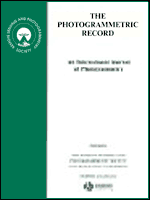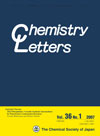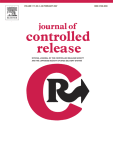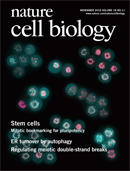 A Nature Cell Biology paper published only a few months ago by prominent researchers in Taiwan has sparked a heated discussion on PubPeer, which now includes a comment allegedly from an author saying they have requested its retraction.
A Nature Cell Biology paper published only a few months ago by prominent researchers in Taiwan has sparked a heated discussion on PubPeer, which now includes a comment allegedly from an author saying they have requested its retraction.
Although a representative of the journal wouldn’t confirm to us that the authors had requested a retraction, the comment on PubPeer says the paper contains several figures that were “inappropriately manipulated” by the first author.
Here’s the full comment on PubPeer, tagged as coming from one of the authors of the paper:
Continue reading Nature Cell Bio paper may be headed for retraction

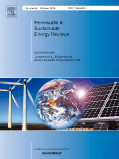
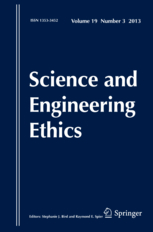 In many fields, first authors on scientific papers represent the person who’s performed the bulk of the research. Sometimes, that determination can be difficult to make, so we’ve seen many papers that list multiple first authors, noting that each contributed equally to the work. But is it possible — or ethical — to claim six authors all deserve top billing on a paper?
In many fields, first authors on scientific papers represent the person who’s performed the bulk of the research. Sometimes, that determination can be difficult to make, so we’ve seen many papers that list multiple first authors, noting that each contributed equally to the work. But is it possible — or ethical — to claim six authors all deserve top billing on a paper? With so many
With so many 

